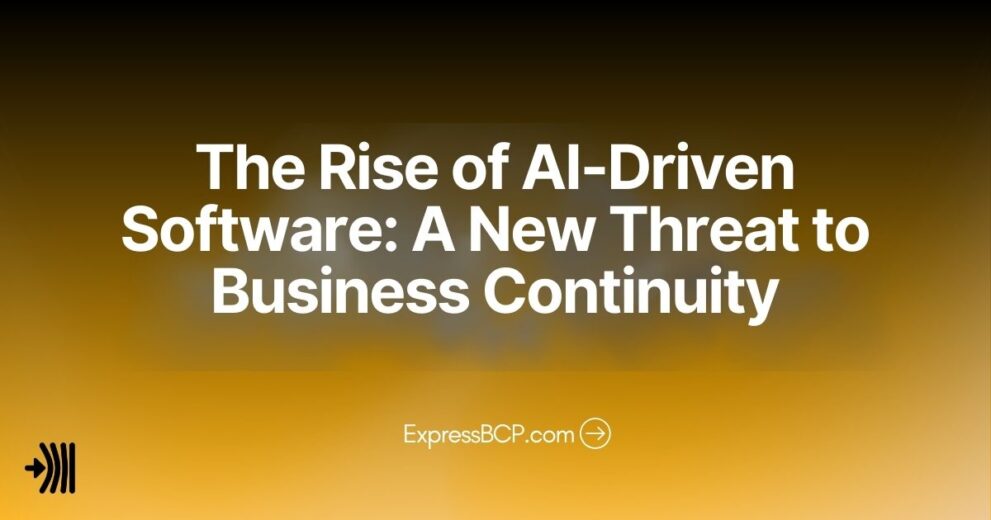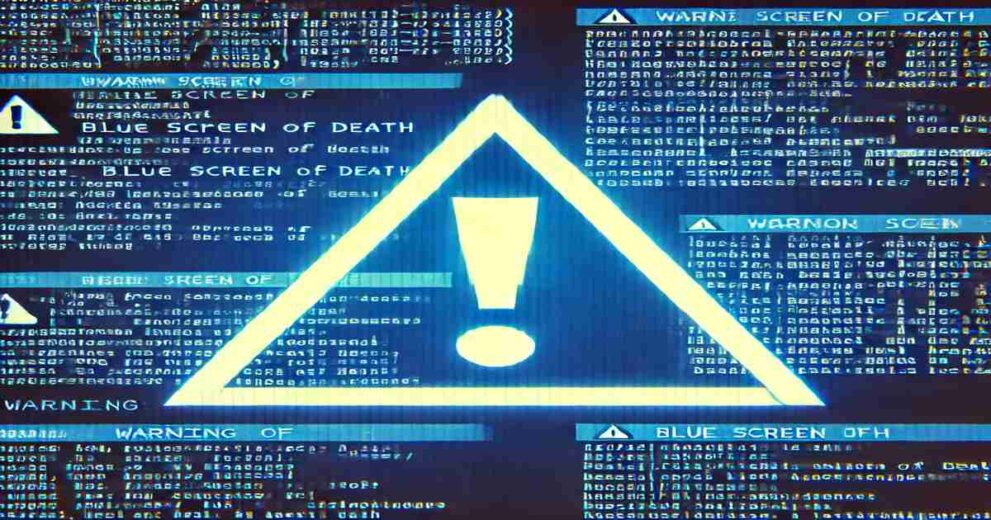The Rise of AI-Driven Software: A New Threat to Business Continuity
AI promises transformative changes for businesses, but most are unprepared for associated risks. Parallels are drawn to past issues with MS Access databases—critical yet poorly managed systems. To avoid similar problems with AI, companies must integrate AI under IT governance, document thoroughly, train staff broadly, develop AI-specific business continuity plans, and test recovery protocols.











